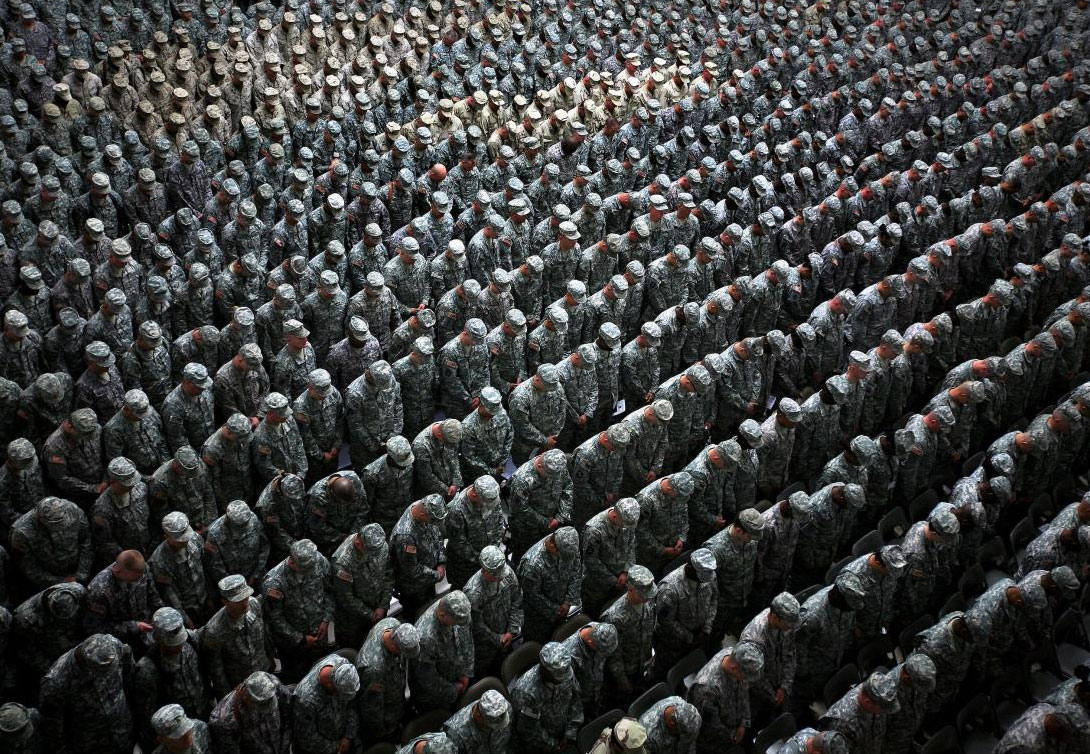PHOTO:Civilization The Way We Live Now
 In this increasingly globalised world, the exhibition “Civilization: The Way We Live Now” explores photographers’ representations of life in cities as its key theme and presents a journey through the shared aspects of life in the urban environment. The selected works create a picture of collective life around the world and document patterns of mass behaviour. The exhibition looks at the phenomenal complexity of life in the twenty-first century and reflects on the ways in which photographers have documented, and held a mirror up, to the world around us.
In this increasingly globalised world, the exhibition “Civilization: The Way We Live Now” explores photographers’ representations of life in cities as its key theme and presents a journey through the shared aspects of life in the urban environment. The selected works create a picture of collective life around the world and document patterns of mass behaviour. The exhibition looks at the phenomenal complexity of life in the twenty-first century and reflects on the ways in which photographers have documented, and held a mirror up, to the world around us.
By Dimitris Lempesis
Photo: NGV Australia Archive

Featuring over 200 original photographs by over 100 contemporary photographers from Africa, the Americas, Asia, Australia and Europe. Presented in collaboration with the Foundation for the Exhibition of Photography, Minneapolis/New York/Paris/Lausanne and the National Museum of Modern and Contemporary Art, Korea, the exhibition “Civilization: The Way We Live Now” explores photographic representations of life in cities and journeys through the shared experiences of life in the urban environment. Looking at the phenomenal complexity of urban life in the 21 Century the exhibition reflects on the ways in which photographers have documented, and held a mirror up to, the increasingly globalised world around us. The selected works create a picture of collective life around the world and document patterns of mass behaviour. The exhibition features the following sections: Hive, featuring the work of photographers such as Robert Polidori and Michael Wolf, explores how civilizations press their citizens into cities and the pictorial possibilities offered by the unceasing ebb and flow of crowds, the often precarious plight of the individual, and the spectacular, ever-changing backdrop of the built environment. Alonetogether, featuring the work of photographers such as Lauren Greenfield, Pieter Hugo and Australians including Trent Parke and Anne Zahalka, considers how, despite living in such close proximity to our neighbours, an increasingly digitised world is leading to decreasing social interaction, causing an increase in people’s isolation. Flow, featuring the work of photographers such as Lee Friedlander and Edward Burtynsky, tracks the visible and invisible movement of people, materials, money and ideas around the world and the impact these systems have on our depersonalised relationship with food, material goods and nature. Persuasion, featuring the work of photographers such as Andreia Alves de Oliveira, Sato Shintaro, Amalia Ulman and Alec Soth, looks at the influence of advertising, religion, business and politics. Control, featuring the work of photographers such as Ashley Gilbertson, NOH Suntag and Luca Zanier, highlights the reach of governing bodies around the world and our desire to impose increasing structure on how our civilization develops through governments and their armies, surveillance, architecture, education and business. Rupture, featuring the work of photographers including Taryn Simon, Richard Mosse, Pablo López Luz, Taloi Havini and Stuart Millar, forces us to confront civilizations failures and blind spots through images of detention centres, the flow of refugees, border crossings and environmental degradation. Escape, featuring the work of photographers such as An-My Lê and Olaf Otto Becker questions the sometimes dark side of the pleasure industry for all ages ranging from dance floors, cruise ships and amusement parks to communal sport, outdoor pursuits and the joys of solitude. Next, featuring the work of photographers such as Valérie Belin, Michael Najjar and Robert Zhao Renhui, looks to the future but more importantly to the present, where newness and technological advancement have become the norm, investigates the dangers of the speed at which civilization is developing.
Info: The Ian Potter Centre: The National Gallery of Victoria (NGV) Australia, Federation Square, Melbourne, Duration:13/9/19-2/2/20, Days & Hours: Daily 10:00-17:00, www.ngv.vic.gov.au







